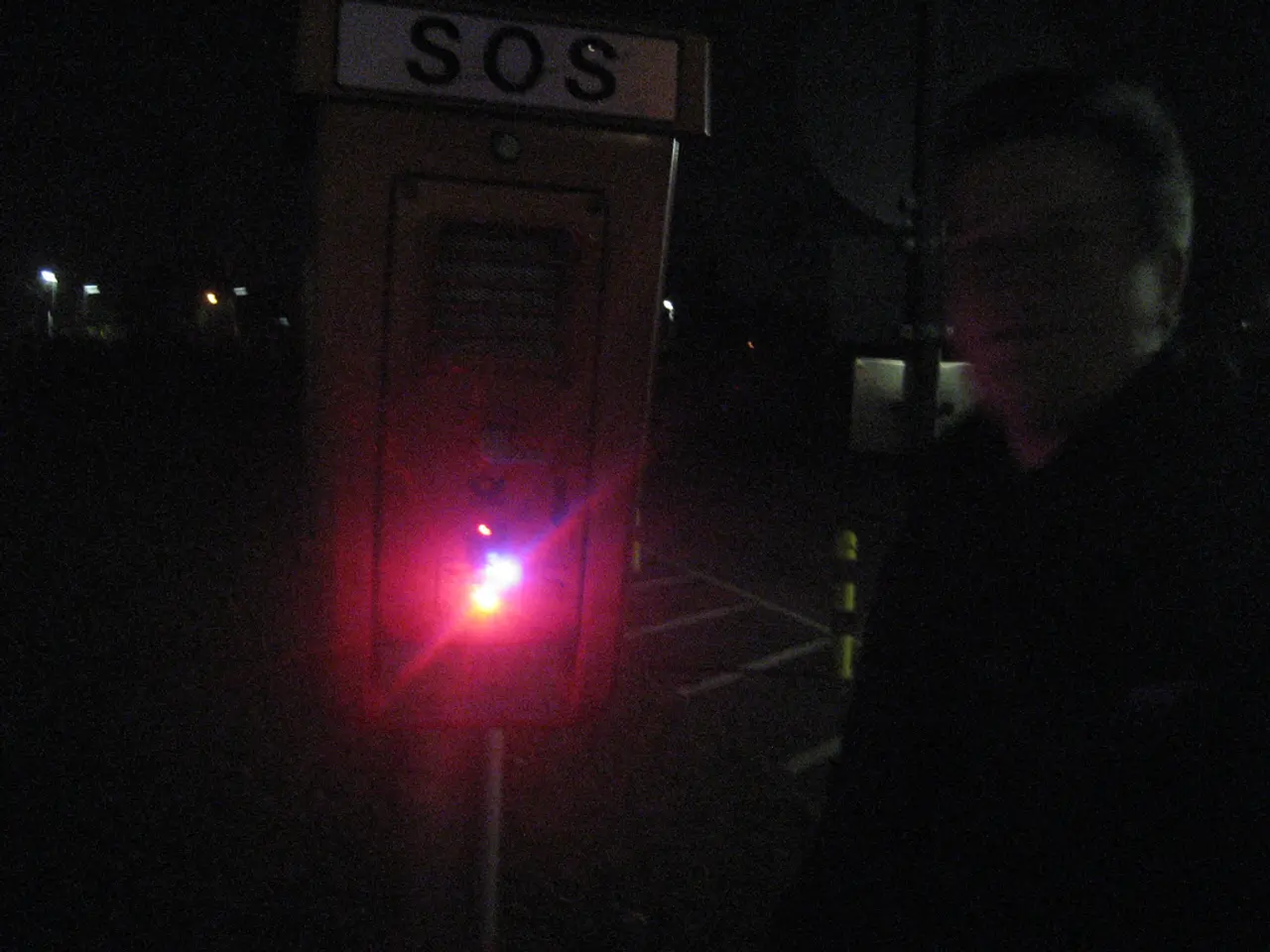Enhance Your Audio Recording Experience with Our Guide on Condenser Microphones
Mastering the ins and outs of a condenser mic will take your audio game to the next level. Let's dive into the essentials of these badass microphones and elevate your recordings from amateur to pro.
Condenser Mic Basics
Condenser mics, also known as capacitor mics, are all about sensitivity and precision. They use a tiny capacitor to convert acoustic energy into electric signals, making them perfect for studio settings where clarity really matters. These babymakers come in all shapes and sizes, with some offering multiple polar patterns (like cardioid, omni, and figure-8) for different recording situations.
Dynamic Mics and the Choice Rollercoaster
Think of condenser and dynamic mics as the yin and yang of microphones. While condenser mics excel in studio applications thanks to their sensitivity, dynamic mics reign supreme in live performances due to their robustness and ability to handle loud sources.
So, which one's your pick? That depends on your recording needs. If you require detailed, nuanced sounds (like vocals and acoustic instruments), lean toward a condenser mic. But if you're all about the raw, simple power of, say, drumming or playing electric guitar, go for a dynamic. It's all about finding the sweet spot for your sound.
Tech Talk: Exploring Specifications
When hunting for the perfect condenser mic, there are a few key specs to keep in mind: frequency response, polar patterns, sensitivity, and self-noise.
Frequency Response and Range
This is basically the range of frequencies a mic can pick up effectively. A flat frequency response means it picks up all frequencies equally, which is ideal for studio work.
Polar Patterns Explained
Polar patterns describe how a mic picks up sound from different directions. The most common for condensers is cardioid, which picks up sound from the front while reducing pickup from the sides and rear. This makes it great for isolating sound sources in noisy environments.
Understanding Sensitivity and Self-Noise
Sensitivity refers to how well a mic can convert acoustic sound into electric signals. High sensitivity is great for picking up subtle sounds. Self-noise, or the inherent noise created by the mic's electronics, plays a big role in determining the mic's performance. Lower self-noise means a higher signal-to-noise ratio and cleaner, crisper recordings.
Setting Up Your Mic
Setting up a condenser mic involves gathering the right accessories, positioning the mic correctly, and ensuring compatible connections.
Required Accessories
You'll need a sturdy microphone stand, a shock mount to minimize vibrations, and a pop filter to reduce harsh sounds from plosive consonants.
Optimal Mic Placement
Position the mic around 6-12 inches from your mouth for clear vocals. Place the mic slightly off-axis or look for a room with soundproofing or acoustic treatment to minimize background noise.
Connection and Compatibility
XLR condenser mics require an audio interface that provides phantom power, while USB condenser mics can be plug-and-play. Make sure your equipment is compatible and well-connected to achieve that crisp studio sound.
Practical Techniques
For vocal recordings, mic placement is crucial. Experiment with angles (like slightly above or below your mouth) for varied tonal qualities, and always keep your mic securely attached to the stand.
Capturing instrumental nuances involves strategic mic placement for different instruments, like near string instrument soundholes or bodies to capture depth.
Recording soundscapes requires paying attention to environmental elements, like choosing quieter locations and deploying windshields if recording outdoors.
Picking the Perfect Condenser Mic
Choosing the right condenser mic for your needs and budget involves weighing factors like environment, frequency response, and polar patterns. Consider the mic's build quality and explore budget-friendly options with decent quality or professional-grade mics with advanced features for studio wizardry.
Condenser Mics for Different Uses
Condenser microphones excel in podcasting, studio recording, and even field and live sound applications. They're ideal for broadcasting thanks to their sensitivity, while USB models provide easy connectivity for podcasters. In the studio, look for mics with multiple polar patterns for versatility in recording different instruments.
Caring for Your Mic
Regular cleaning and careful storage can ensure your microphone stays in tip-top shape. Avoid using liquids or harsh cleaners, and store your mic in a dry, dust-free case.
Being a condenser mic savant won't just help you make great recordings—it'll take your audio ventures to new heights.
- In a home studio setup, use a condenser mic for recording vocals and acoustic instruments to capture detailed, nuanced sounds.
- Piano recordings can be enhanced with a condenser mic, which is suitable for studio applications due to its high sensitivity.
- For studio sessions, exploring specifications like frequency response, polar patterns, sensitivity, and self-noise will help you choose the best condenser mic.
- In a studio, microphone placements such as near string instrument soundholes or bodies can help capture the depth of various instruments when recording.
- The right accessories, such as a shock mount, pop filter, microphone stand, audio interface, and compatible cables, are essential for setting up a condenser mic.
- In addition to standard condenser mics, consider purchasing gadgets like portable audio recorders, microphones with built-in preamps, and digital audio workstations, which embrace the latest technology to improve your recording capabilities.




